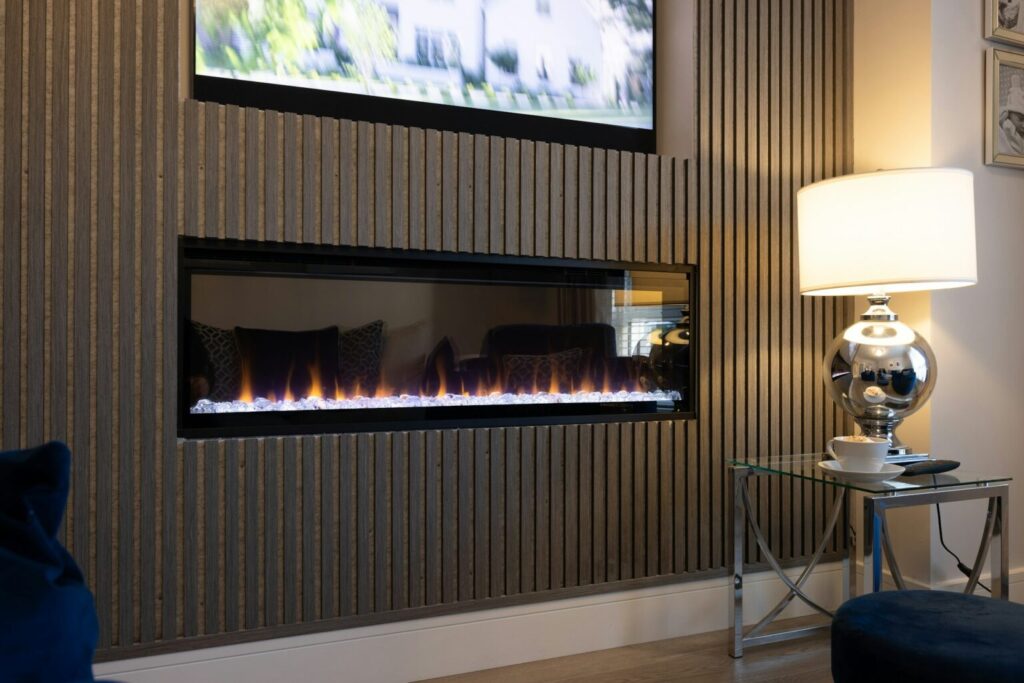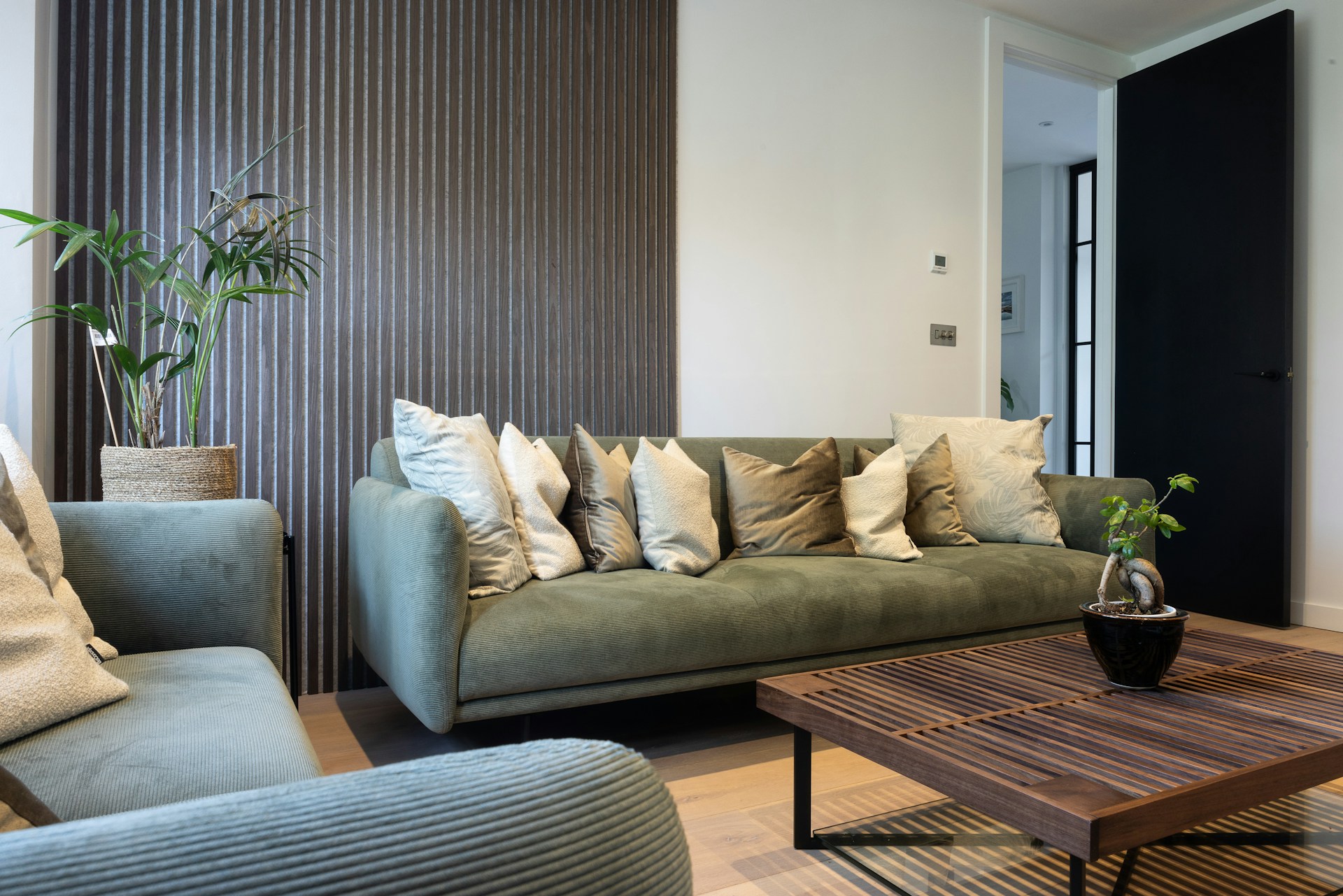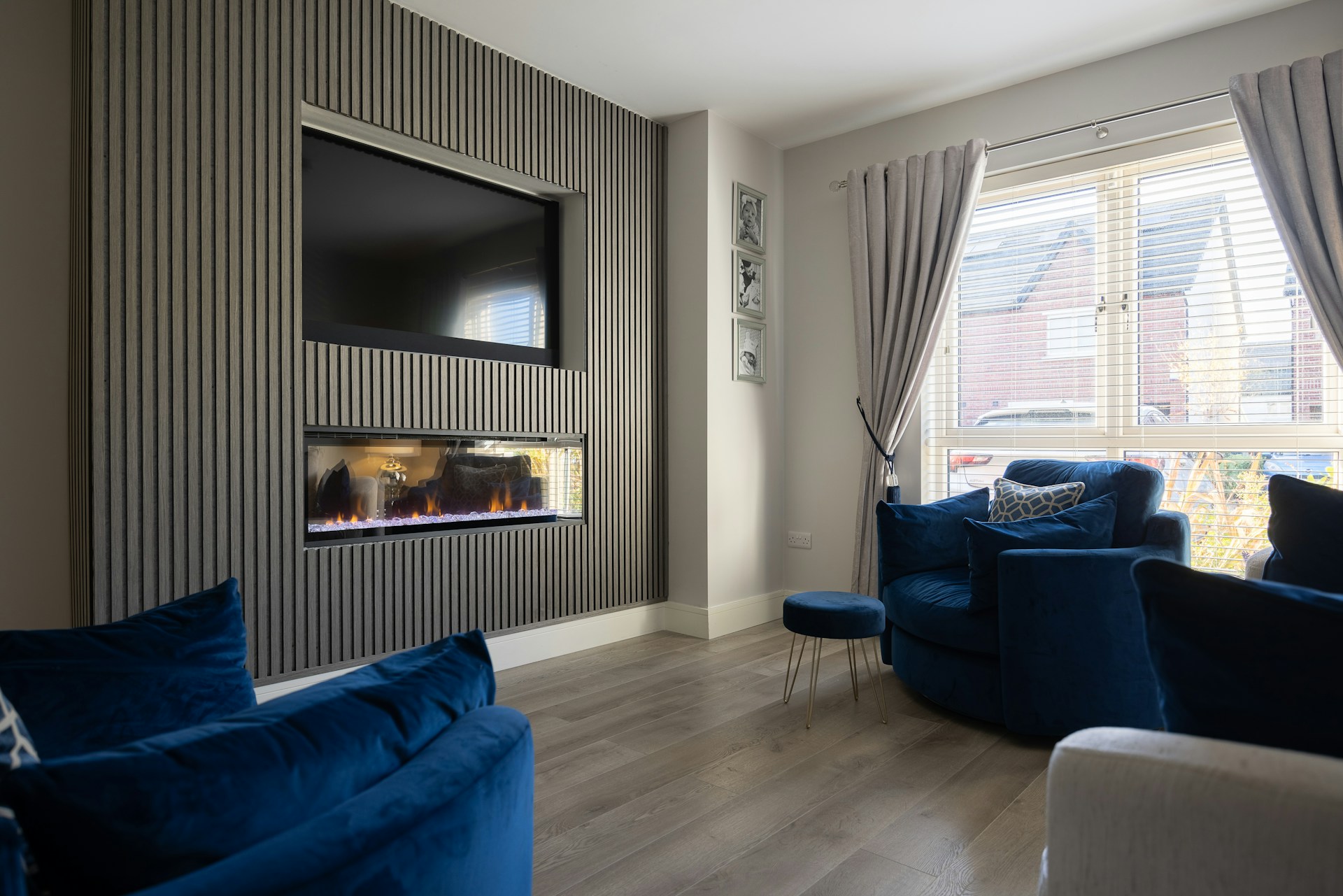
Wall panelling, once a hallmark of classical and traditional interiors, has made a significant comeback in modern home design. This resurgence is not merely a nostalgic nod to the past but a contemporary evolution that blends aesthetic appeal with functional benefits. Today’s wall paneling offers diverse benefits, including soundproofing panels, aesthetic textures, and styles that cater to various tastes and interior design themes. In this blog, we will explore the different aspects of wall paneling, focusing on its modern applications and the role of materials such as MDF strips in achieving a chic and stylish look. To highlight textures like wall panelling, many designers recommend using modern home lighting to create depth and ambiance.
The Evolution of Wall Panelling
Wall paneling has a rich history that dates back to ancient times. Originally used to insulate stone walls in grand homes and castles, it evolved into a decorative feature in the 16th and 17th centuries. Traditional paneling was made from solid wood, often intricately carved and finished to showcase the timber’s natural beauty.
In contemporary design, the principles of wall paneling remain the same, but the execution has adapted to modern tastes and technologies. The focus is now on creating sleek, minimalist lines and using innovative materials that are both cost-effective and environmentally friendly.
Types of Modern Wall Panelling
- Wooden Panelling Wooden paneling remains a popular choice for its timeless appeal and natural warmth. Modern wooden panels are often treated and finished to resist moisture and pests, making them suitable for various rooms, including kitchens and bathrooms. Reclaimed wood is also a trendy option, adding character and sustainability to the design.
- MDF Panelling Medium-density fibreboard (MDF) is a versatile and affordable alternative to solid wood. MDF strips are particularly favored for their smooth surface, which is ideal for painting and finishing. They can be used to create various patterns, from classic wainscoting to contemporary geometric designs. MDF paneling is also easy to install and maintain, making it a practical choice for DIY enthusiasts.
- PVC Panelling PVC panels are a cost-effective and durable option, especially for high-moisture areas like bathrooms and kitchens. They are resistant to mold, mildew, and water damage, making them a practical choice for modern homes. PVC panels are available in various colors and finishes, including wood grain and metallic, offering a wide range of design possibilities.
- Fabric Panelling: For a touch of luxury, fabric wall panels add texture and depth to any room. These panels are often padded, providing both acoustic benefits and a soft, inviting feel. Fabric panelling can be customised with different textiles, from plush velvets to chic linens, allowing for endless design variations.
Design Inspirations with Wall Panelling
- Scandinavian Minimalism Clean lines, neutral colors, and natural materials define Scandinavian design. MDF strips can be used to create simple, linear patterns that add subtle texture to white or pastel walls. Pairing this with light wood furniture and minimalist decor results in a serene and airy atmosphere.
- Industrial Chic Industrial interiors often feature raw, unfinished elements like exposed brick and metal. Wall paneling in this style can incorporate reclaimed wood or faux concrete panels to enhance the rugged aesthetic. MDF strips painted in dark, moody colors can add structure and contrast to the space.

- Modern Farmhouse The modern farmhouse style blends rustic charm with contemporary sophistication. Shiplap or board-and-batten paneling painted in soft, neutral tones like white, grey, or sage green can create a cozy and inviting backdrop. Using MDF strips for these designs ensures a smooth and uniform finish, enhancing the farmhouse’s clean and uncluttered look.
- Geometric Patterns For those who love bold and unique designs, geometric wall paneling is a striking option. MDF strips can be arranged in various shapes, such as chevrons, hexagons, or diamond patterns, and painted in contrasting colors to create a dynamic focal point. This approach works well in modern living rooms, dining areas, or feature walls in bedrooms.
Benefits of Wall Panelling
- Aesthetic Appeal Wall paneling adds visual interest and depth to any room. It can transform plain walls into stunning architectural features, enhancing the overall design of your home.
- Insulation and Acoustic Benefits Panelling can improve a room’s insulation, helping to maintain a consistent temperature and reduce energy costs. Additionally, fabric and wooden panels can absorb sound, reducing noise levels and creating a more comfortable and peaceful environment.
- Durability and Maintenance Modern paneling materials like MDF and PVC are durable and easy to maintain. They resist wear and tear, making them suitable for high-traffic areas. Cleaning is typically straightforward, requiring only a damp cloth for most materials.
- Versatility With various materials, finishes, and patterns available, wall paneling can be tailored to fit any design style, from traditional to ultra-modern. It is a versatile option that allows homeowners to personalize their spaces uniquely and creatively.
Installation Tips for DIY Enthusiasts
- Preparation: Ensure your walls are clean, dry, and smooth before starting. Measure and mark the areas where the panels will be installed to ensure accuracy.
- Cutting and Fitting: Use a saw suitable for the material (e.g., a fine-toothed saw for MDF strips) to cut the panels to size. Dry-fit the panels before applying adhesive or nails to ensure a perfect fit.
- Adhesive and Fixing: Use a strong adhesive for secure attachment, especially for MDF and PVC panels. Nails or screws can provide additional support, particularly for heavier materials.
- Finishing Touches: Fill any gaps or holes with filler, sand smooth, and paint or stain as desired. For a professional finish, use caulk to seal edges and corners.
Conclusion
Wall panelling has become a cornerstone of modern home design, offering a blend of style, functionality, and versatility.

Whether you prefer the natural warmth of wood, the sleekness of MDF strips, or the practicality of PVC, there is a paneling option to suit every taste and budget. By incorporating wall paneling into your home, you can create a space that is not only beautiful but also uniquely yours.












